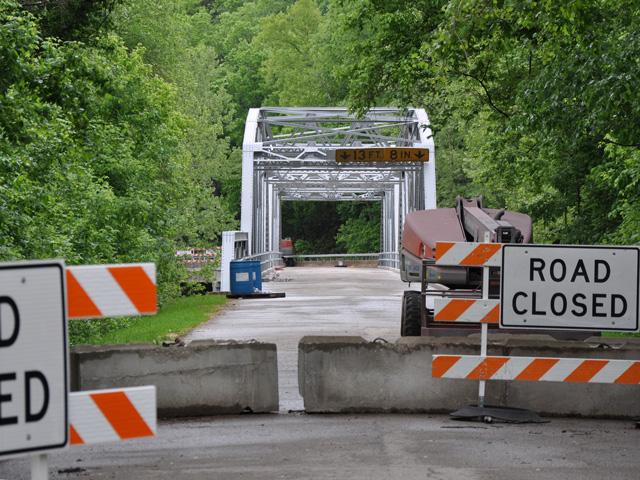Helping Rural Areas Tap Federal Dollars
White House Rolls Out Pilot Program to Help Rural Communities Access Government Resources, Funds
OMAHA (DTN) -- To help rural communities tap into federal programs, the Biden administration on Wednesday rolled out a strategy to expand USDA Rural Development staff in a handful of rural states and tribes.
Senior White House officials briefed reporters Tuesday on the Rural Partners Network, "an all-of-government program" to help rural communities access government resources and funds. Officials touted the plan as one way to help rural towns, counties and tribes access funds available from the American Rescue Plan and the Infrastructure Investment and Jobs Act. The Rural Partners Network is set up to help those communities find resources and secure funding.
"Even before the passage of the American Rescue Plan and the bipartisan infrastructure law, it was too hard to navigate federal program serving rural communities," a White House spokesperson said. Programs are scattered across federal departments and agencies, "And many rural communities do not have the funds to hire a full-time grant writer or another staffer to dig through federal grant applications and figure out how to access resources."
Last September, DTN highlighted challenges for rural communities who may not have grant writers needed to secure federal funds (https://www.dtnpf.com/…).
The Rural Partners Network is essentially kicking off as a pilot program for a "Rural Partnership Program" that the White House championed in the Build Back Better bill that essentially died in the Senate. The Rural Partners Network will start in May with hiring or deploying 25 USDA Rural Development staff in rural communities in Georgia, Kentucky, Mississippi, New Mexico and tribes in Arizona. These staffers, called "community liaisons" will work to develop relationships and connect the dots for federal programs, the White House stated.
P[L1] D[0x0] M[300x250] OOP[F] ADUNIT[] T[]
By the end of August, the White House intends to expand the Rural Partners Network to Nevada, North Carolina, Puerto Rico, West Virginia, Wisconsin and tribes in Alaska.
These USDA staffers will try to work with individual communities on federal programs in areas such as broadband access, water infrastructure or other areas linked to economic development, jobs and new businesses.
To build out the Rural Partnerships Network nationally, the White House will rely on Congress to provide funds requested in Biden's fiscal year 2023 budget request.
Agriculture Secretary Tom Vilsack will announce the new effort with Susan Rice, a White House domestic policy adviser, at multiple events Wednesday in Mississippi. Vilsack and other Biden administration officials have been conducting a "rural infrastructure tour" to tout the impact of the Infrastructure Investment and Jobs Act over the past few weeks.
"Under the leadership of President (Joe) Biden and Vice President (Kamala) Harris, USDA and its federal partners are committed to unlocking the full potential of rural America by investing in its people and the unique visions they have for the places they call home," Vilsack said. "Rural America is incredibly diverse -- economically, racially, culturally and geographically. What makes sense for one community may not for another. The Rural Partners Network will help communities get funding for investments that create long-lasting benefits for their communities, especially those that have been overlooked in the past. By providing one-on-one support to these communities, we can lay the foundation for people to build healthy, successful futures on their own terms."
While USDA Rural Development will run point on the new program, agency staff will be relying on networks with other federal agencies to effectively tap into various programs. The White House already has a Rural Prosperity Interagency Policy Council made up of 16 federal agencies and regional groups. The White House noted that both House and Senate members of Congress from both parties have called on some form of "whole-of-government approach" to help increase investment in rural America.
Highlighting on example of a problem across rural America, administration officials said the Rural Partners Network would help communities that have identified childcare as a problem to see what resources might be available at the Department of Education, for instance.
"Part of the model here is that by doing a deep dive like we are doing with these pilot communities is that we can learn more about what the needs are and what are the precise barriers are there for different types of policies," an administration official said. "So those are the types of lessons learned that we can bring back to help adjust policies at the federal level."
For more information, go to www.rural.gov.
Chris Clayton can be reached at Chris.Clayton@dtn.com
Follow him on Twitter @ChrisClaytonDTN
(c) Copyright 2022 DTN, LLC. All rights reserved.




